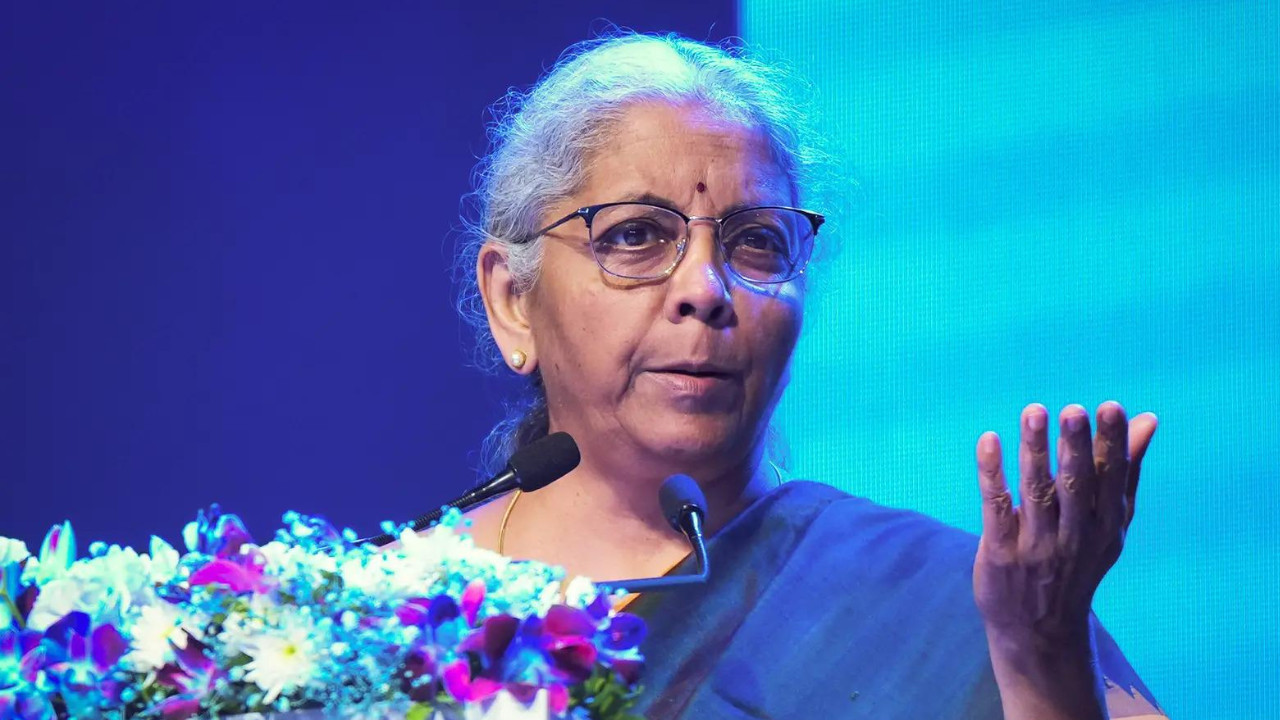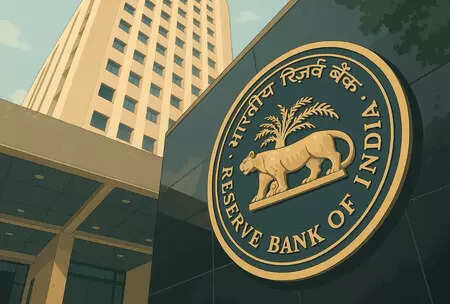Finance Minister Nirmala Sitharaman emphasized that sustaining economic growth amidst global uncertainties is India’s top priority, with increased public capital expenditure as a key driver. The government aims for a leadership role globally, balancing economic ambitions with fiscal responsibility.
India’s Growth Engine: Why Capital Expenditure is the Key
For a nation with ambitions as vast as India’s, the path to sustained economic growth isn’t paved with wishful thinking. It’s built, quite literally, with steel, concrete, and investment. Recently, Finance Minister Nirmala Sitharaman underscored a crucial element in India’s economic strategy: capital expenditure. But what exactly is capital expenditure, and why is it being touted as the primary driver for India’s future?
Simply put, capital expenditure (or capex) refers to the funds a company or country uses to acquire, upgrade, and maintain physical assets. Think of it as investing in the tools needed to build a better tomorrow. This could be anything from constructing new roads and railways to investing in renewable energy projects or upgrading existing infrastructure.

The government’s emphasis on capex isn’t new. In fact, it’s been a consistent theme in recent budgets. But the renewed focus signals a deeper understanding of its multiplier effect. It’s not just about building things; it’s about creating a ripple effect that boosts employment, stimulates demand, and ultimately propels the economy forward.
The Multiplier Effect of Capital Expenditure
Imagine a new highway being built. The initial investment creates jobs for construction workers, engineers, and project managers. These workers then spend their earnings, boosting demand for goods and services in their local communities. The improved infrastructure facilitates trade and commerce, making it easier for businesses to operate and expand. This, in turn, leads to further job creation and economic activity. It’s a virtuous cycle, fueled by strategic investment. We also recently wrote about the government’s push for increased manufacturing output, which ties directly into this increased investment in infrastructure.
But why is this push happening now? After navigating the choppy waters of the pandemic, India is strategically positioning itself for long-term growth. Private investment, while showing signs of recovery, often lags behind government initiatives in uncertain times. This is where the government’s role as a catalyst becomes crucial. By frontloading investments in infrastructure and other capital projects, the government aims to create a stable environment that encourages private sector participation.
Challenges and Considerations
Of course, simply throwing money at projects isn’t a guarantee of success. The effectiveness of capital expenditure hinges on several key factors:
* Efficient Implementation: Projects need to be planned and executed efficiently, minimizing delays and cost overruns. Bureaucratic hurdles and logistical bottlenecks can significantly undermine the impact of even the most well-intentioned investments.
* Targeted Investment: Investments need to be strategically directed towards sectors with the highest growth potential and the greatest need. This requires careful analysis and planning to ensure that resources are allocated effectively.
* Sustainability: Investments need to be environmentally and socially sustainable. Ignoring these factors can lead to long-term problems that outweigh the short-term economic benefits.
The good news is that the government seems to be aware of these challenges and is actively working to address them. Efforts are being made to streamline approval processes, improve project management, and promote sustainable development practices.
A Long-Term Vision
The emphasis on capital expenditure represents a shift towards a long-term, investment-led growth model. It’s a recognition that building a strong and resilient economy requires more than just short-term fixes. It requires a sustained commitment to investing in the future. This includes not just physical infrastructure, but also investments in education, healthcare, and other social sectors that contribute to human capital development.
This strategic move is not just about immediate economic gains; it’s about building a foundation for a more prosperous and sustainable future for India. It’s about creating an environment where businesses can thrive, jobs can be created, and the benefits of economic growth can be shared by all. The road ahead may have its bumps, but with a clear vision and a commitment to efficient implementation, capital expenditure can indeed serve as a powerful engine for India’s growth story.







